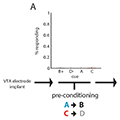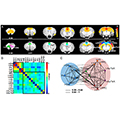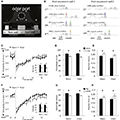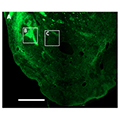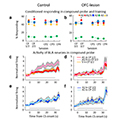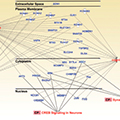Featured Paper of the Month – September 2016
Published in Elife by Sadacca, Brian F; Jones, Joshua L; Schoenbaum, Geoffrey
Midbrain dopamine neurons have been proposed to signal reward prediction errors as defined in temporal difference (TD) learning algorithms. While these models have been extremely powerful in interpreting dopamine activity, they typically do not use value derived through inference in computing errors…
